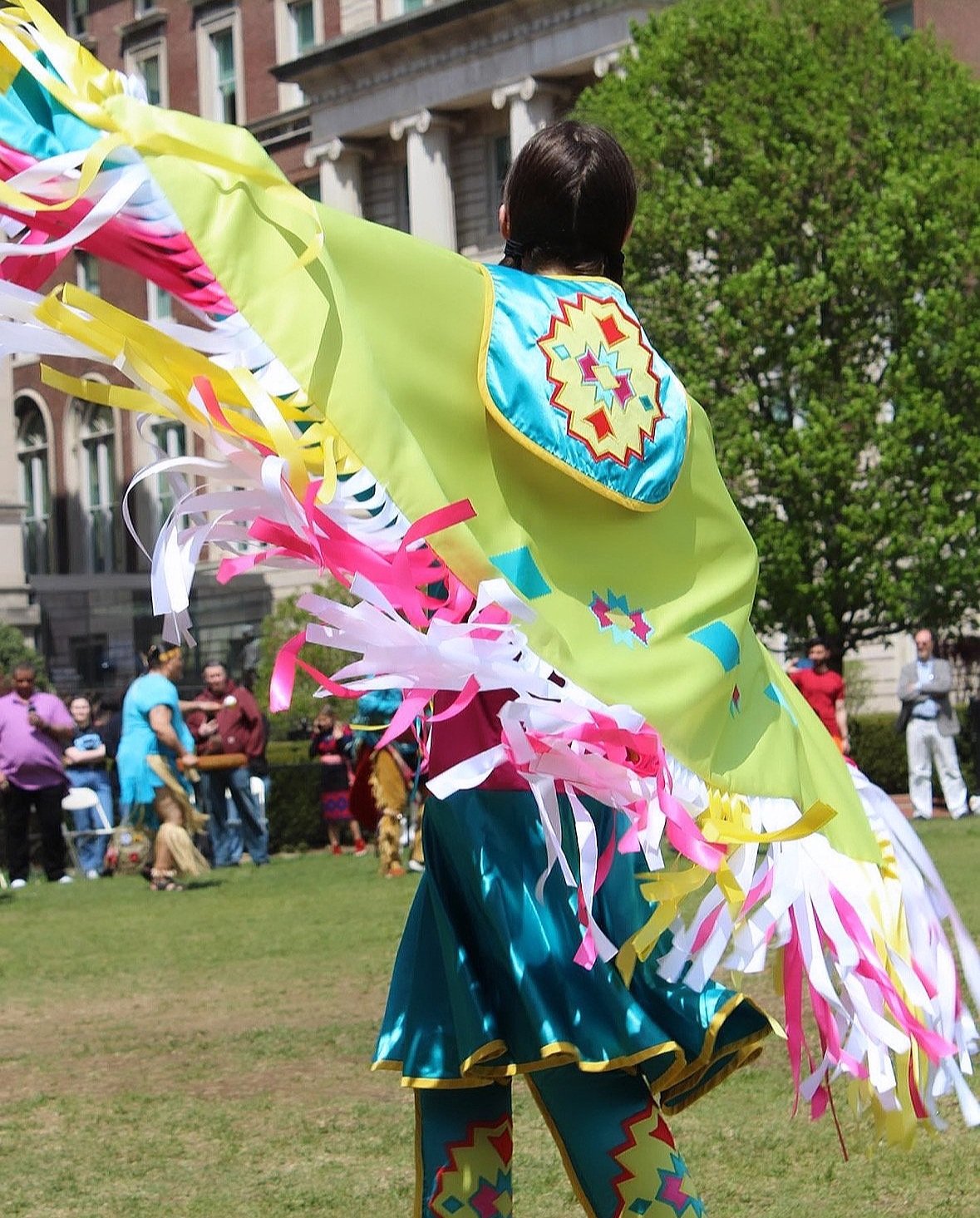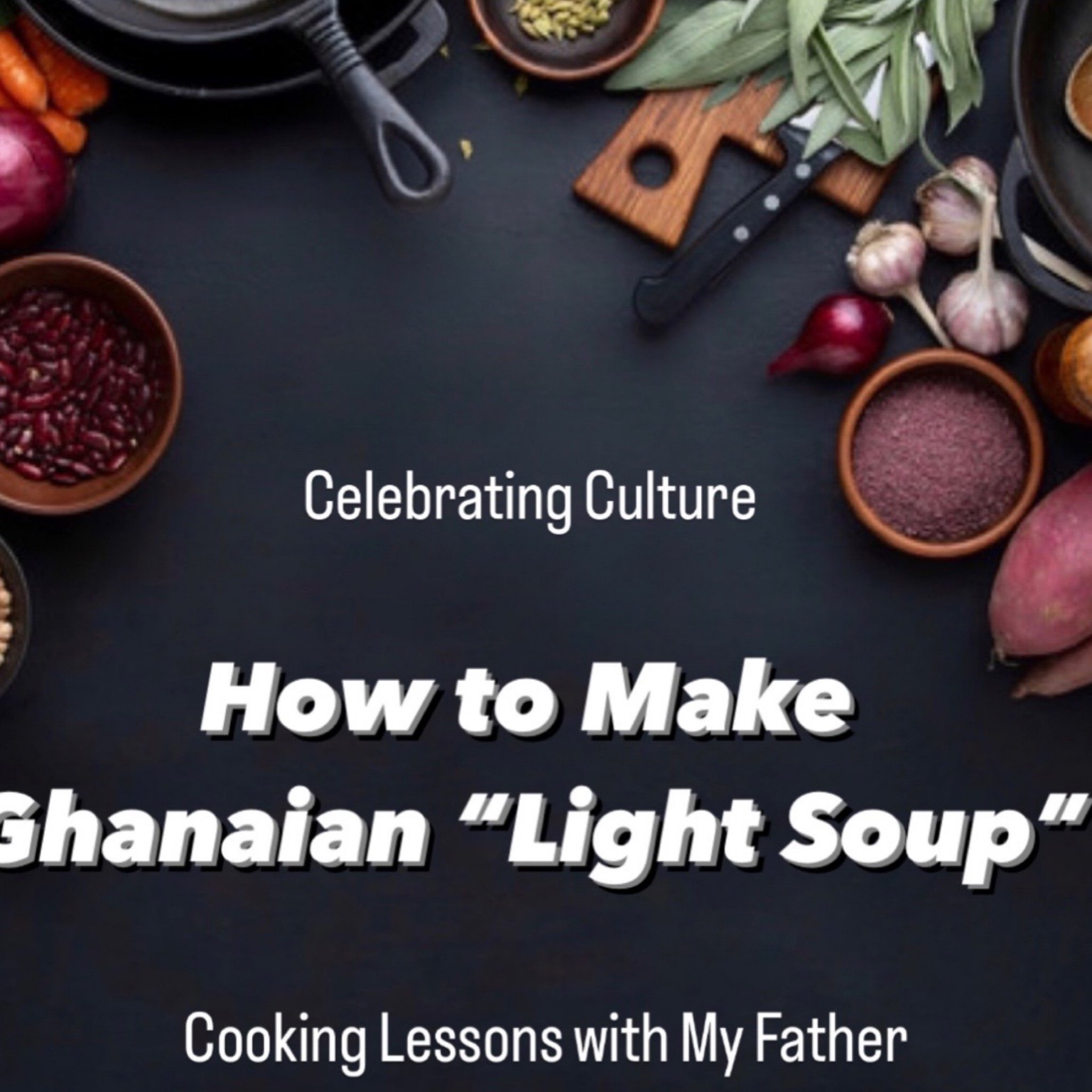Not long ago I wrote about the "Fashion Find That Stunned a Shopaholic." I was convinced that 60+ year old dress I'd unwittingly uncovered was one of the unique holy grails of my fashion loving life ... and while that find was indeed amazing? ... I managed to find and connect with an artisan from the other side of the globe who presented me with a set of necklaces that literally took my breath away. Part of my work, in addition to creating my own custom designs, is partnering with fellow artisans who create beautiful pieces from their respective cultures. Through my desires to connect with others over cultural artifacts, I've seen quite a few beautiful garments and objects, yet I've never seen anything like this. On an unseasonably warm day, in December, I met with gentleman who hails from Indonesia. Living in true nomadic form, he spends his half the year traveling and the other half collecting rare cultural pieces for his personal collection. One of these traveling locales happens to be PaPua New Guinea. Connecting with him was not easy. Unlike most people in the modern age, he refuses to join social media, he has no website, and generally hates technology. Instead, he prefers to live mostly off the grid. This means he prefers to stay closely connected to nature and lives mostly removed from many of the norms found in today's tech driven society. I can totally respect that ... and so, on this warm December day, thanks to a few mouse clicks, then a game of telephone through friends of friends ... I'm standing in Union Square, NYC in the middle of a Christmas Fair waiting to be amazed. I wasn't disappointed. I found the holiday booth as described, introduced myself to the gentleman there and then? I'm shown these ... two necklaces too incredible beyond words.
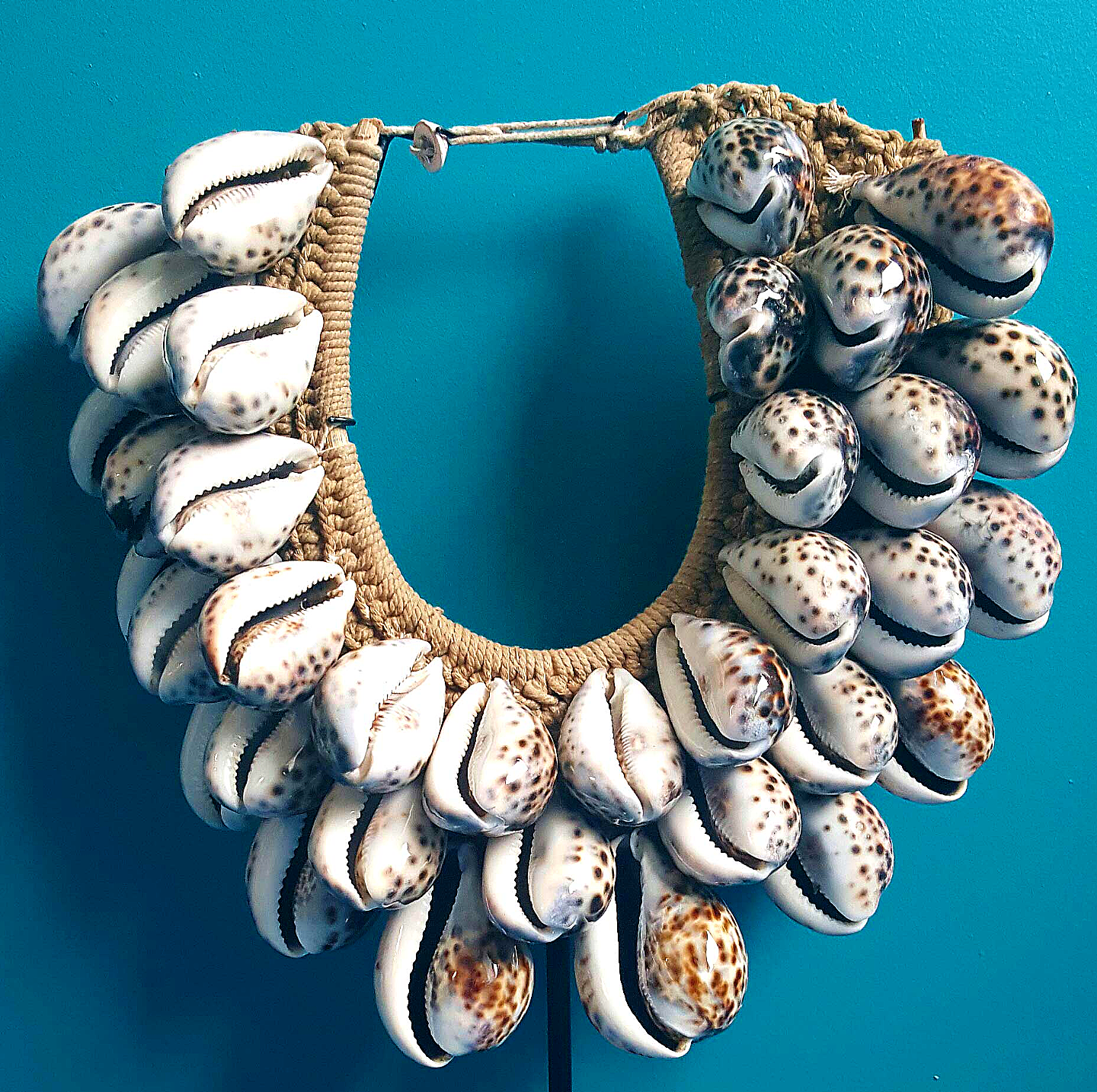
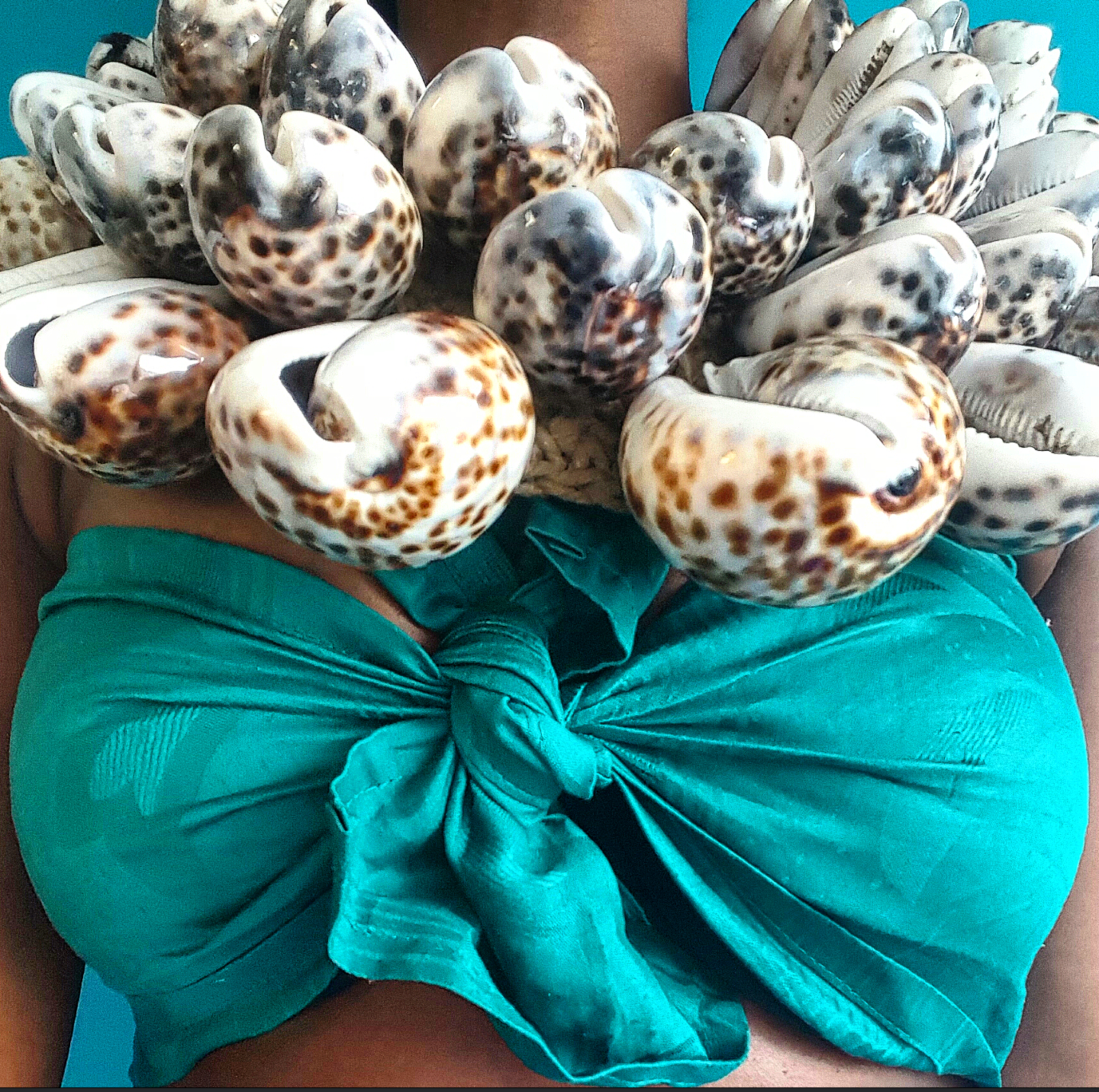
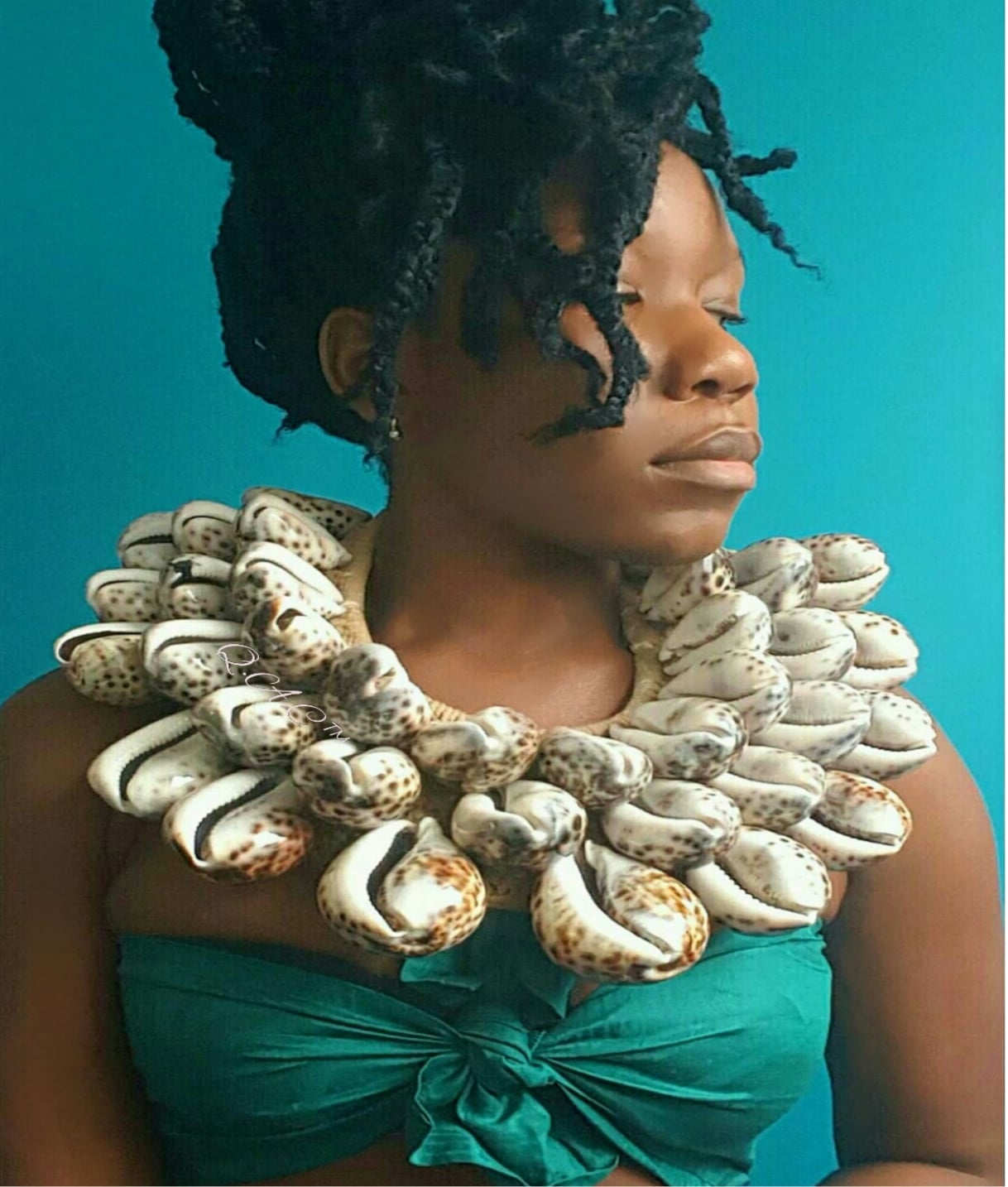
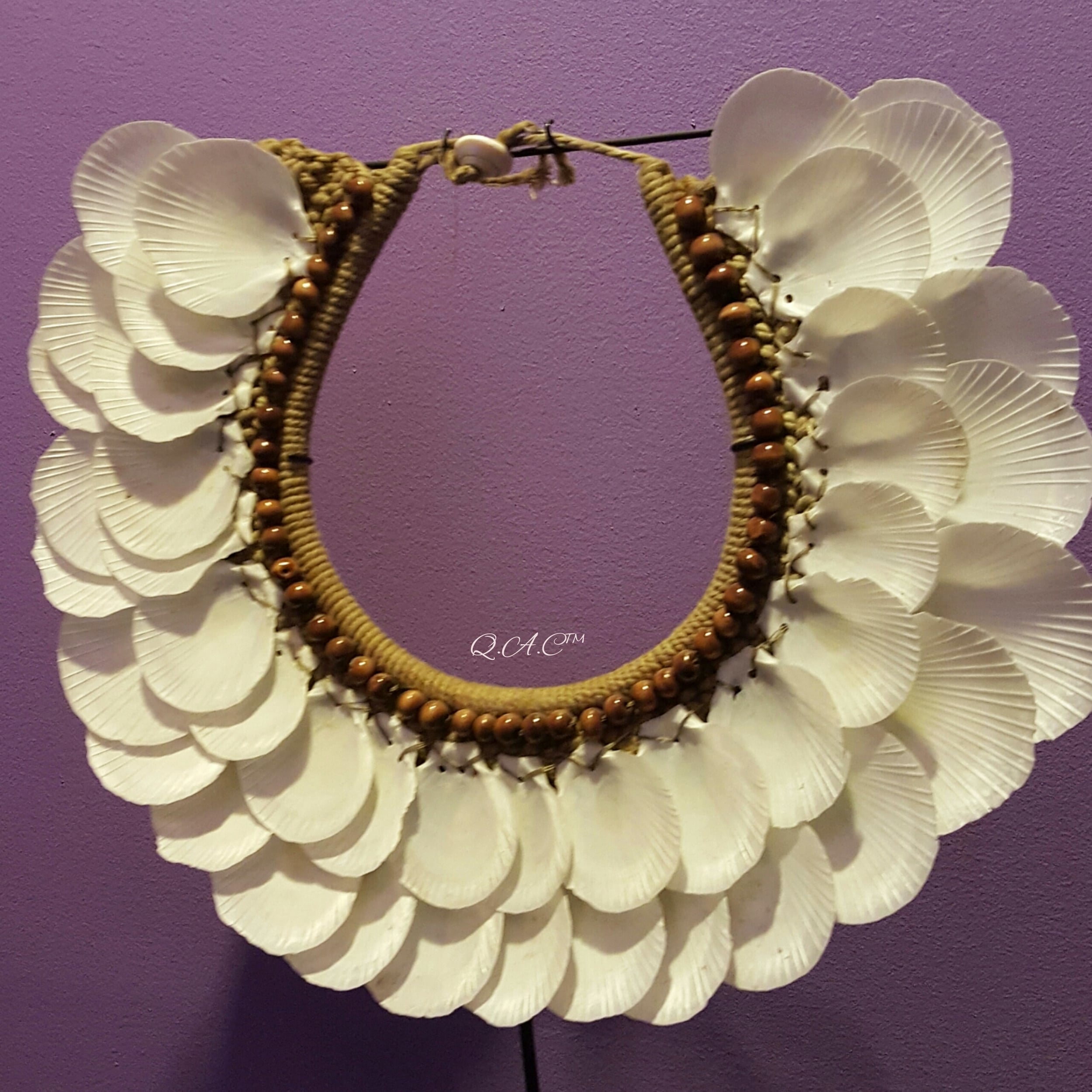
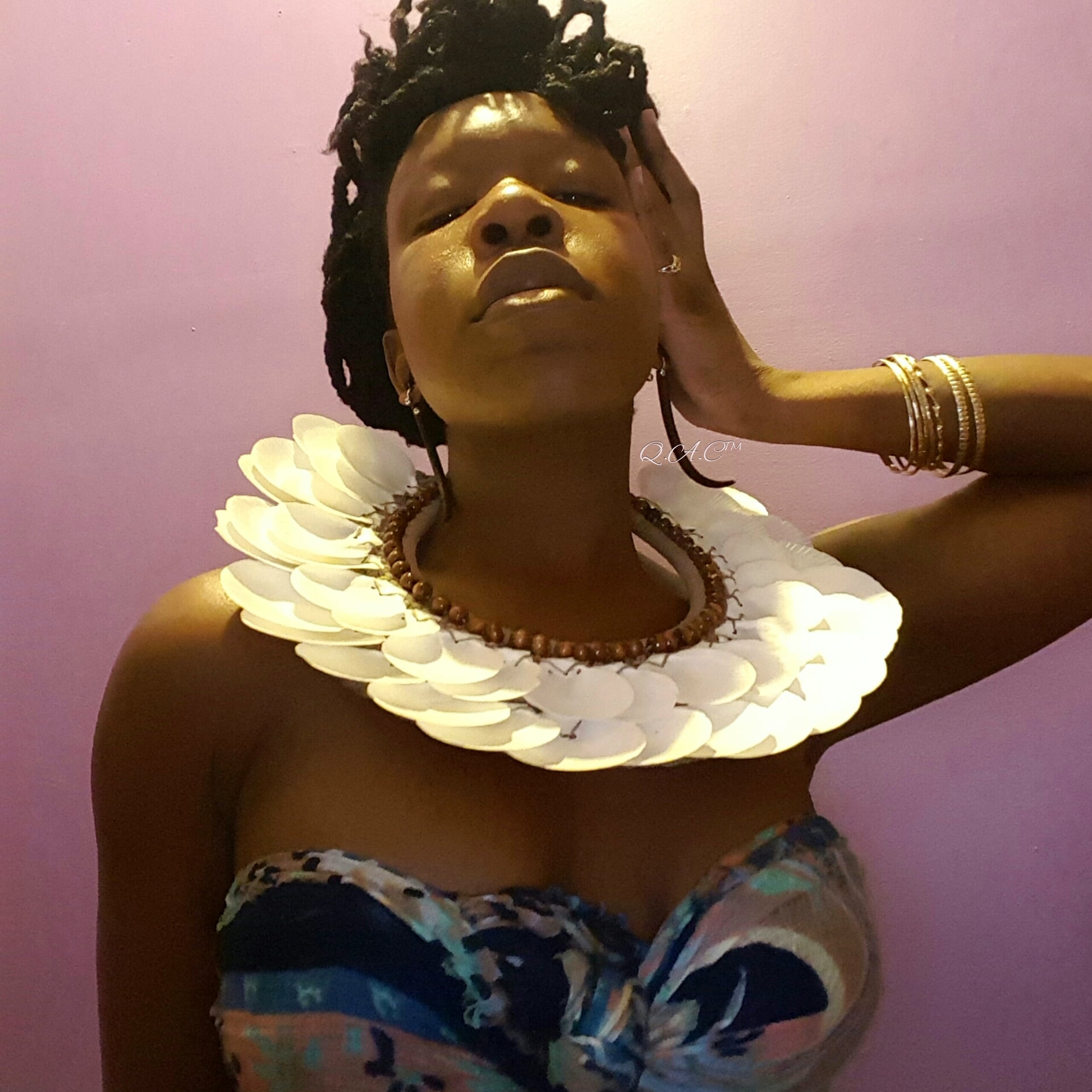
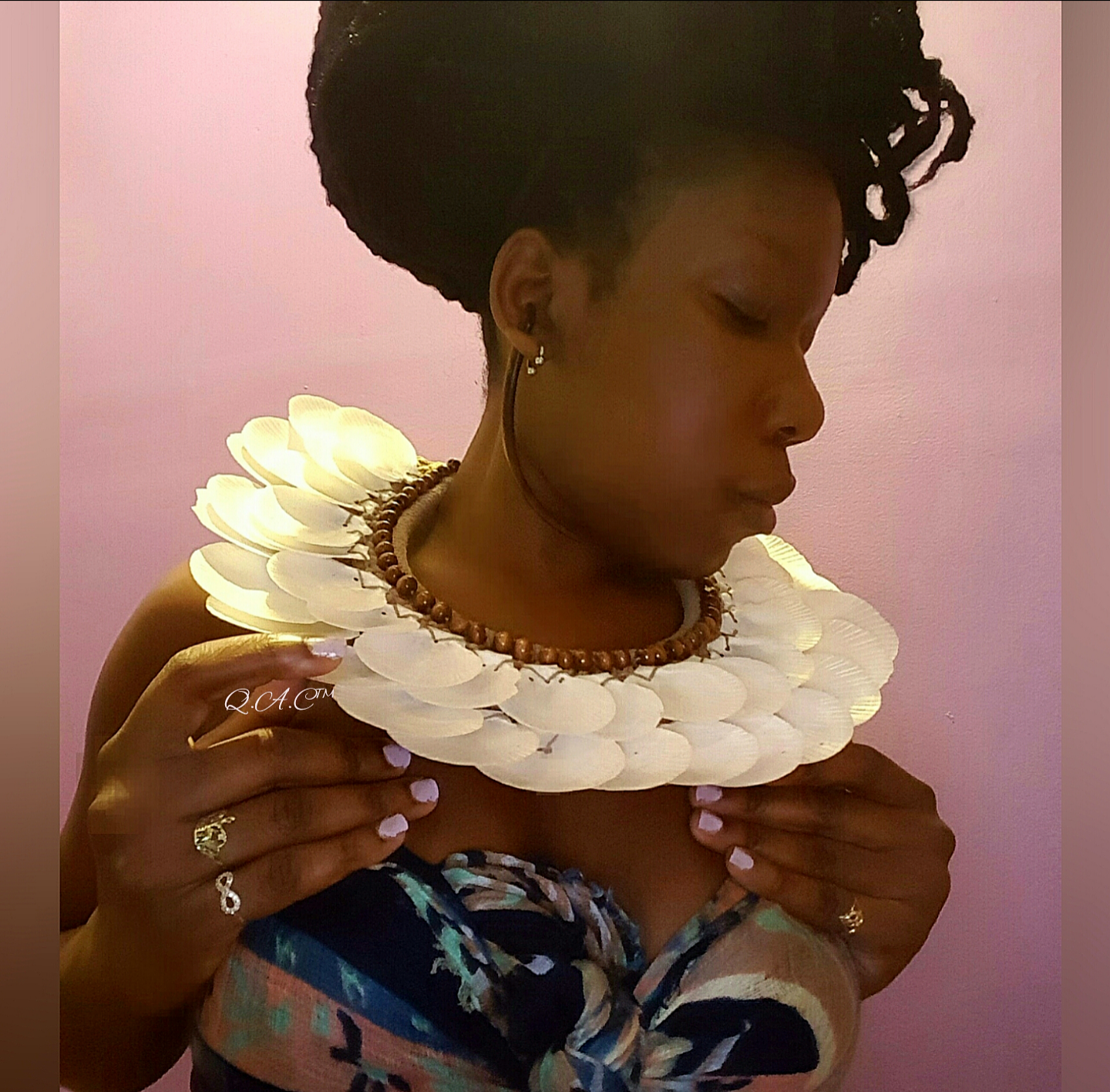
As I stare in utter amazement, the gentleman begins his explanation of the jewelry. The first necklace is crafted from large speckled cowrie shells from the Pacific Ocean. What I find interesting is the connection of cowrie shells in this culture as historically, the cowrie shell played a prominent role in West African culture (symbolizing wealth, fertility, and used as currency) as well. This connection only proves, the more we feel we differ, the more we find we are ultimately the same. The second necklace is designed completely of white clam shells. Both are hand-made bridal necklaces originating directly from the indigenous people of PaPua New Guinea (PNG). According to tribal custom, the family of the groom will craft these necklaces specifically for the bride to be. Then, on the morning of the wedding, the father of the groom arrives to the home of the bride's family. He then delicately places & fasten either necklace on her neck just prior to the marriage ceremony ... A welcome gesture and symbol of the joining of families.
I'm completely in love with both pieces, not just because of its appearance, but because of their symbolism and use to connect two distinct families into one unending unit. What can I say, I always melt for a good love story. Thankfully through partnership, I was able to secure both necklaces and add these two beauties to my fashion house for purchase. Grateful is not even the word and trust me, I'm so tempted to keep them for myself! LOL ..... but seriously though. : )
To view purchase details, of this, or any of our other amazing global finds, feel free to visit the Q.A.C webstore, by tapping the button below
As he went on to talk about PNG culture, I became that much more fascinated, gaining so much more respect for a people who's culture has survived nearly untouched for centuries. For instance, PaPua New Guinea is home to hundreds of distinct traditional social groups and tribes, some of which have been known to historically practice cannibalism (which later has been shown to have protected tribesmen against disease). They live harmoniously with nature, using only what is needed. This very spiritual culture values traditional dress, face paint, headdresses, and ceremony. Collectively, members speak over 800 languages all while maintaining a cohesive tribal identity where traditions remain fundamental to the fabric of Papua life. It is only in the past twenty years that a few of these tribes have been in contact with the outside world and while there is a new fight to maintain their land and way of life, the strength of their resilience is undeniable. Salute to these beautiful survivors and their colorfully symbolic culture. You've inspired my sense of wonder and reminded me that some of the best expressions of love are those made personally from the heart.
*photo of tribesman/women ~ credit Malcolm Kirk









